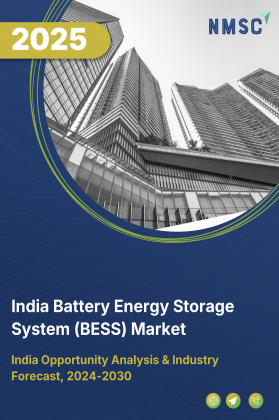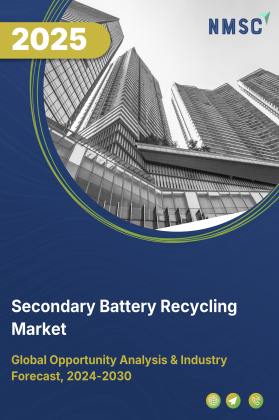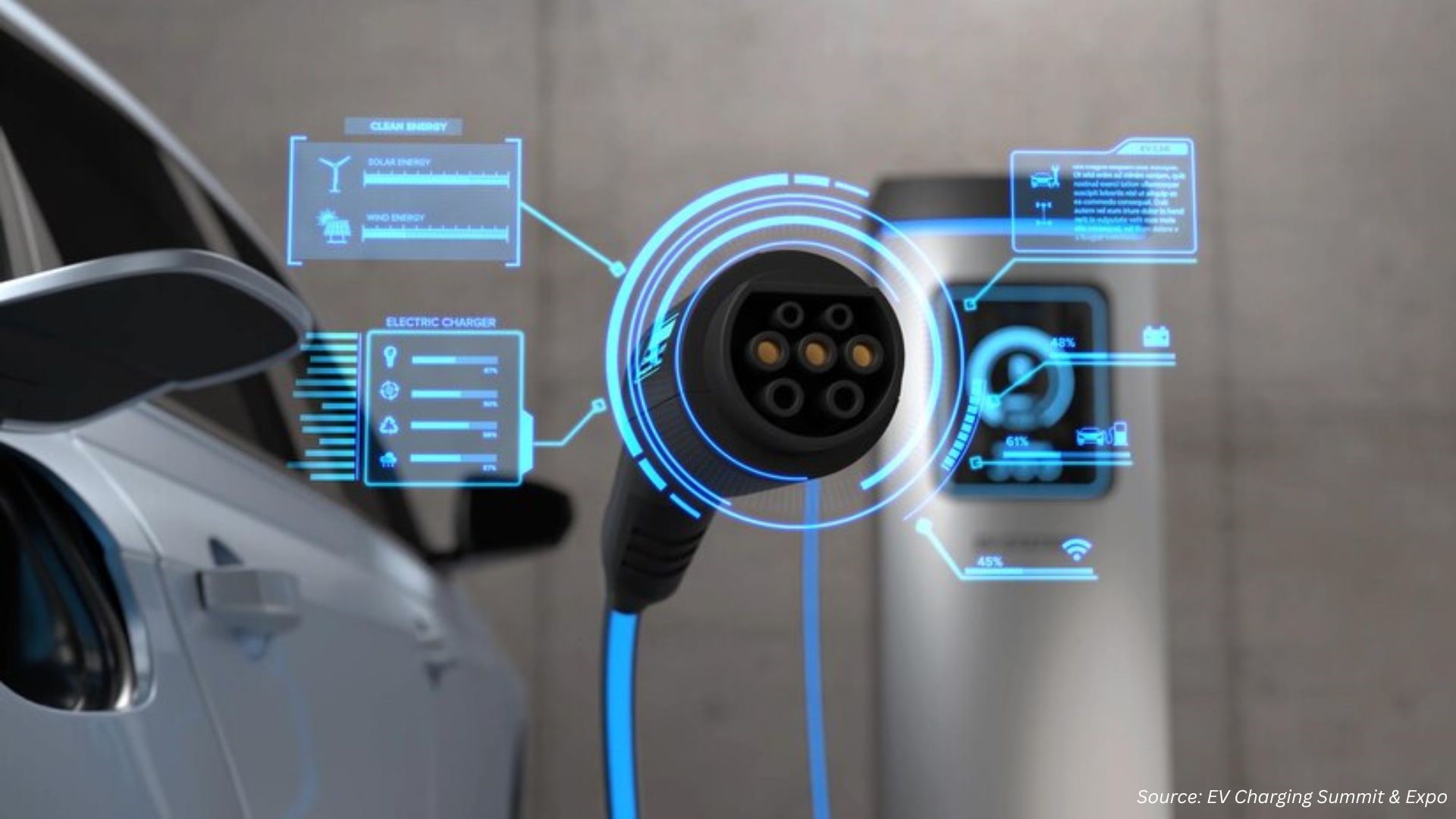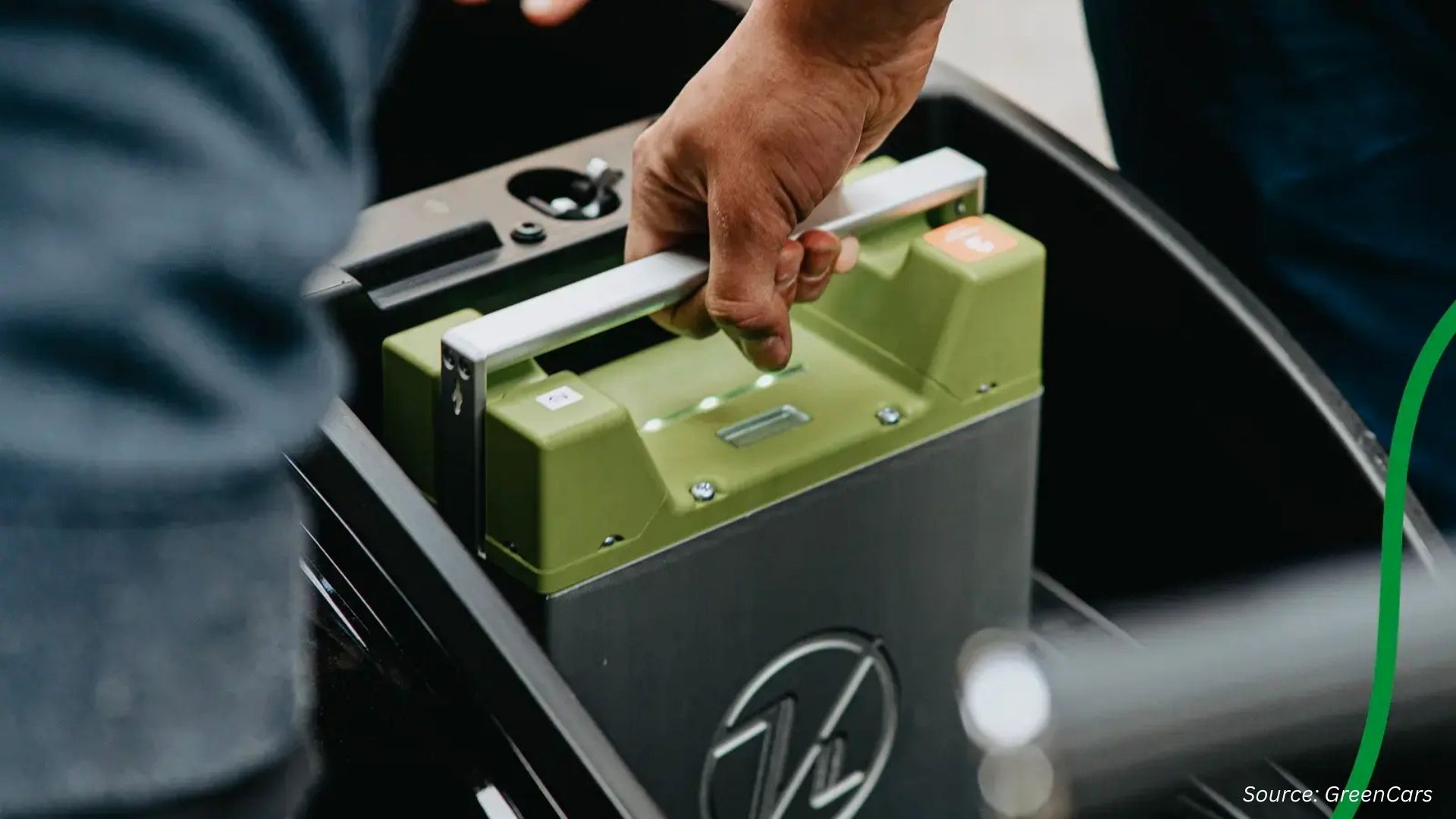
Canada Battery Market by Type (Stationary, and Motive), by Battery Type (Primary Batteries,Secondary Batteries and Others), by Voltage Type (Low Voltage Batteries, Medium Voltage Batteries and Others), By Power Capacity (Low Capacity Batteries, Medium Capacity Batteries and Others), By Self-Discharge Rate (Low Self-Discharge Rate Batteries, Medium Self-Discharge Rate Batteries and Others), by Application (Residential and others) – Global Opportunity Analysis and Industry Forecast 2023-2030.
Industry: Energy & Power | Publish Date: 04-Nov-2025 | No of Pages: 151 | No. of Tables: 198 | No. of Figures: 128 | Format: PDF | Report Code : EP741
Market Overview
Canada Battery Market was valued at USD 4.13 billion in 2022, and is predicted to reach USD 14.95 billion by 2030, with a CAGR of 17.4% from 2023 to 2030.
A battery functions as a reservoir for storing energy, which is later released by transforming chemical energy into electrical energy. This process is achieved by utilizing one or more electrochemical cells. Batteries hold immense significance in our daily routines and can be divided into primary and secondary variants. Primary batteries, often called non-rechargeable batteries, offer a straightforward and convenient power source for a range of portable gadgets such as cameras, watches, toys, radios, and illumination devices. Conversely, secondary batteries, recognized as rechargeable batteries, possess the capability to be replenished once depleted. This distinction underscores the vital role that batteries play in our modern way of living.
Government-driven Energy Transition and Storage Infrastructure Expansion
Canada is actively pursuing its climate goals through a national energy transition strategy that places clean electricity and sustainability at the forefront. Federal and provincial governments are investing heavily in grid modernization and clean energy initiatives, recognizing battery storage as a critical enabler of this transformation. With increasing integration of solar and wind energy across provinces such as Ontario, Alberta, and British Columbia, Battery Energy Storage Systems (BESS) are gaining prominence as key assets for ensuring grid stability, peak shaving, and energy arbitrage. Ongoing government programs and regulatory support, such as clean energy tax incentives and zero-emission mandates, are accelerating the deployment of battery solutions across both urban and remote communities.
Technological Advancements Enhancing Market Versatility
The Canadian battery market is benefiting from rapid strides in energy storage technology. Breakthroughs in lithium-ion, solid-state, and flow battery chemistries are significantly improving storage capacity, charge-discharge cycles, and safety parameters. These advancements are enabling broader adoption of batteries in sectors beyond electric vehicles—such as mining operations, off-grid housing, industrial automation, and renewable energy integration. Additionally, Canada’s thriving cleantech innovation ecosystem is fostering the development of homegrown storage solutions tailored to the country’s unique climate and grid requirements, making battery technologies more adaptable, cost-effective, and reliable.
Environmental Hazards and Safety Concerns From Improper Lifecycle Management
Despite growing adoption, battery technologies present notable environmental and safety challenges in Canada. Inadequate end-of-life management—such as improper recycling or disposal—can lead to harmful leakage of hazardous elements like lithium, cobalt, and nickel, threatening soil and groundwater quality. Furthermore, the risk of thermal runaway, accidental fires during storage or transport, and lack of standardization in safety practices across provinces pose significant hurdles. As public awareness of sustainability grows, so does scrutiny around battery waste management, creating pressure on stakeholders to implement robust recycling, second-life use, and disposal frameworks that comply with emerging federal and provincial environmental standards.
Rise of Advanced and Sustainable Battery Technologies
Canada stands at the cusp of a new era in energy storage, driven by the emergence of advanced battery technologies such as solid-state batteries, sodium-ion solutions, and experimental innovations like Nano-Diamond Batteries (NDBs). These next-generation batteries offer superior performance, extended lifespans, and reduced environmental impact compared to conventional lithium-ion systems. With growing research and pilot projects taking place across Canadian universities and cleantech incubators, there is strong momentum toward commercializing these technologies. Their potential applications—ranging from grid-scale storage and electric aviation to remote community electrification and medical implants—position Canada to become a leader in sustainable and high-performance battery solutions in the years ahead.
Competitive Landscape
The Canada battery industry includes several market players such as Contemporary Amperex Technology Co. Limited (CATL), BYD Company Limited, LG Energy Solution Ltd, SK On Co., Ltd, Panasonic Holdings Corporation, Samsung SDI Co., Ltd, Tesla, Inc, Fluence Energy, Northvolt AB, TotalEnergies SE, EnerSys, Clarios LLC, Exide Technologies, East Penn Manufacturing Co, Duracell Inc, Energizer Holdings, Inc, VARTA AG, Electrovaya Inc, E-One Moli Energy Corp, C&D Technologies, Inc.
Canada Battery Market Key Segments
By Type
-
Stationary
-
Motive
By Battery Type
-
Primary Batteries (Non-rechargeable)
-
Alkaline Batteries
-
Zinc-Carbon Batteries
-
Lithium-Thionyl Chloride Batteries
-
-
Secondary Batteries (Rechargeable)
-
Lead-Acid Batteries
-
Nickel-Cadmium (NiCd) Batteries
-
Nickel-Metal Hydride (NiMH) Batteries
-
Lithium-ion Batteries
-
Lithium Nickel Manganese Cobalt (LI-NMC)
-
Lithium Iron Phosphate (LFP)
-
Lithium Cobalt Oxide (LCO)
-
Lithium Titanate Oxide (LTO)
-
Lithium Manganese Oxide (LMO)
-
Lithium Nickel Cobalt Aluminum Oxide (NCA)
-
-
-
Other Secondary Batteries
By Voltage Type
-
Low Voltage Batteries (1V - 12V)
-
Medium Voltage Batteries (24V - 100V)
-
High Voltage Batteries (200V - 1000V)
By Power Capacity
-
Low-Capacity Batteries (Up to 1,000 mAh)
-
Medium Capacity Batteries (1,000 mAh to 10,000 mAh)
-
High-Capacity Batteries (10,000 mAh to 100,000 mAh)
-
Ultra-High Capacity Batteries (More than 100,000 mAh)
By Self-Discharge Rate
-
Low Self-Discharge Rate Batteries
-
Medium Self-Discharge Rate Batteries
-
High Self-Discharge Rate Batteries
By Application
-
Residential
-
Industrial
-
Automotive
-
ICE Engines
-
Passenger vehicles
-
Commercial vehicles
-
-
Electric vehicles
-
E-Bikes
-
E-Cars
-
E-Buses
-
E-Trucks
-
-
-
Medical
-
Telecom & IT
-
Consumer Electronics
-
Power & Utility
-
Aerospace & Defense
-
Marine
-
Other Industries.
-
-
Commercial
Key Players
-
Contemporary Amperex Technology Co. Limited (CATL)
-
BYD Company Limited
-
LG Energy Solution Ltd.
-
SK On Co., Ltd.
-
Panasonic Holdings Corporation
-
Samsung SDI Co., Ltd.
-
Tesla, Inc.
-
Fluence Energy
-
Northvolt AB
-
TotalEnergies SE
-
EnerSys
-
Clarios LLC
-
Exide Technologies
-
East Penn Manufacturing Co.
-
Duracell Inc.
-
Energizer Holdings, Inc.
-
VARTA AG
-
Electrovaya Inc.
-
E-One Moli Energy Corp.
-
C&D Technologies, Inc.
Report Scope and Segmentation
|
Parameters |
Details |
|
Market Size in 2022 |
USD 4.13 billion |
|
Revenue Forecast in 2030 |
USD 14.95 billion |
|
Growth Rate |
CAGR of 17.4% from 2023 to 2030 |
|
Analysis Period |
2022–2030 |
|
Base Year Considered |
2022 |
|
Forecast Period |
2023–2030 |
|
Market Size Estimation |
Billion (USD) |
|
Growth Factors |
|
|
Companies Profiled |
20 |
|
Market Share |
Available for 10 companies |
|
Customization Scope |
Free customization (equivalent up to 80 working hours of analysts) after purchase. Addition or alteration to country, regional, and segment scope. |

















 Speak to Our Analyst
Speak to Our Analyst

























